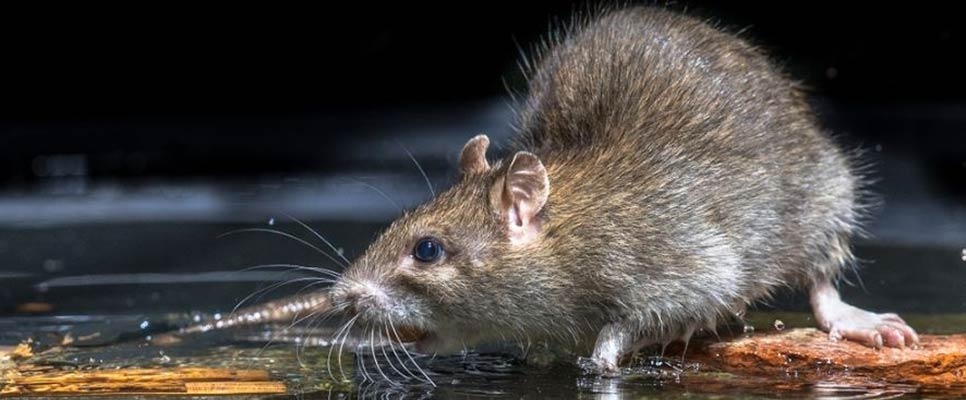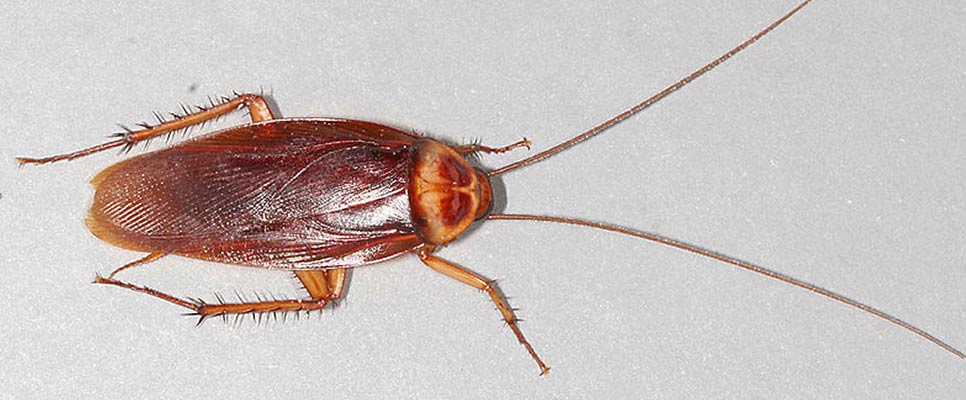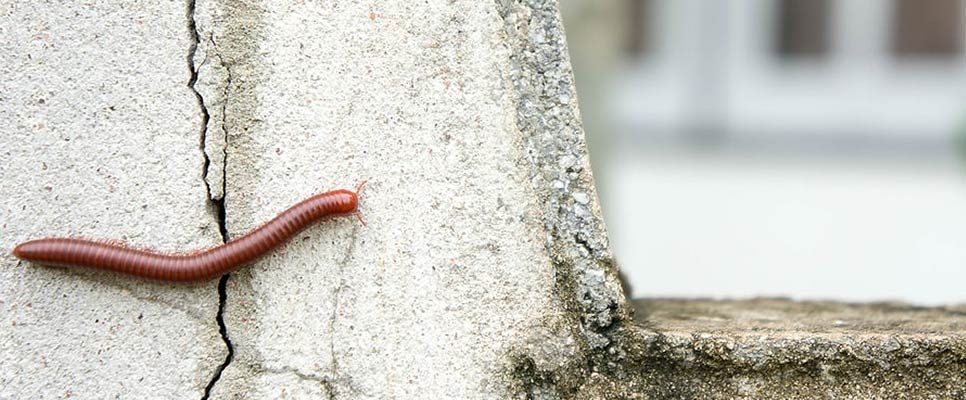Possums have a unique defence mechanism known as “playing dead” or “playing possum.” When threatened, these animals often appear lifeless to deter predators. However, distinguishing between a genuinely dead possum and one engaging in this behaviour can be tricky. This guide will help you identify the difference and take appropriate action when encountering a possum in such a state.
Understanding the “Playing Dead” Behavior
Possums use tonic immobility, a natural defence mechanism, to protect themselves from predators. When playing dead, they:
- Lie limp and motionless.
- Open their mouths slightly, exposing their teeth.
- Emit a foul-smelling odour from their anal glands to mimic decay.
- Keep their eyes half-closed or completely shut.
This behaviour can last from a few minutes to several hours, depending on the perceived threat. It’s important to observe closely before assuming the possum is truly dead.
Signs That a Possum is Playing Dead
If you’re unsure whether the possum is dead or playing dead, look for these telltale signs:
- Breathing: Watch for subtle chest movements indicating breathing.
- Rigidity: A possum playing dead will appear limp, while a dead possum will likely be stiff due to rigor mortis.
- Reaction to Stimuli: A live possum playing dead will not react to prodding or noise, but they may eventually “wake up” after some time.
- Odour: The foul smell is often an indicator of a possum’s defence mechanism rather than actual death.
DIY Steps to Handle a “Dead” Possum
If you suspect a possum is playing dead, here are some steps you can take:
- Give It Space: Avoid touching or moving the possum immediately. It may recover on its own once it feels safe.
- Observe from a Distance: Monitor the possum for signs of life, such as breathing or subtle movements.
- Wear Gloves: If you must handle the possum, always wear gloves to protect yourself from potential diseases or parasites.
- Use a Long Stick: Gently nudge the possum with a stick to check for any reaction, but avoid being too aggressive.
- Contain the Area: If the possum is indoors or in an unsafe location, block off the area to prevent other animals or children from interfering.
When to Call Possum Removal or Relocation Experts
If you’re unsure about the situation or feel uncomfortable handling the possum, it’s best to seek professional help. Possum relocation experts are trained to manage these scenarios safely and humanely. They can:
- Assess whether the possum is truly dead or alive.
- Remove the possum safely from your property.
- Relocate live possums to suitable habitats in compliance with local wildlife laws.
Engaging with professionals ensures that the possum is handled appropriately without causing harm to you or the animal.
Preventive Measures to Avoid Possum Encounters
To reduce the chances of possums appearing on your property, consider these preventive steps:
- Secure Garbage Bins: Use tight-fitting lids to keep food scraps out of reach.
- Eliminate Food Sources: Clean up fallen fruits and pet food from your yard.
- Seal Entry Points: Inspect your home for gaps or holes where possums could enter and seal them with durable materials.
- Trim Overhanging Branches: Prevent possums from accessing your roof by trimming tree branches near your home.
- Install Motion-Activated Lights: These can deter nocturnal animals like possums from venturing onto your property.
Summary
Determining whether a possum is dead or playing dead requires careful observation. Look for breathing, rigidity, and other signs before taking action. DIY steps such as giving the possum space and wearing gloves can help you handle the situation safely. For more complex cases, possum relocation experts provide the expertise needed for humane and effective possum removal.
Protect your home and wildlife by addressing possum encounters responsibly. Need professional help? Contact a trusted possum removal service to ensure safe and humane handling.
Frequently Asked Questions
Possums can play dead for a few minutes to several hours, depending on the threat level. They typically recover once they feel safe.
It’s best to avoid direct contact. Possums can carry parasites and diseases. Always wear gloves when handling them.
Yes, they can assess the situation and ensure the possum is handled safely and humanely.
Food sources like garbage, pet food, and fallen fruits, as well as shelter in attics or garages, attract possums. Eliminating these can help keep them away.
Published on: February 17, 2025
Last updated on: April 24, 2025




